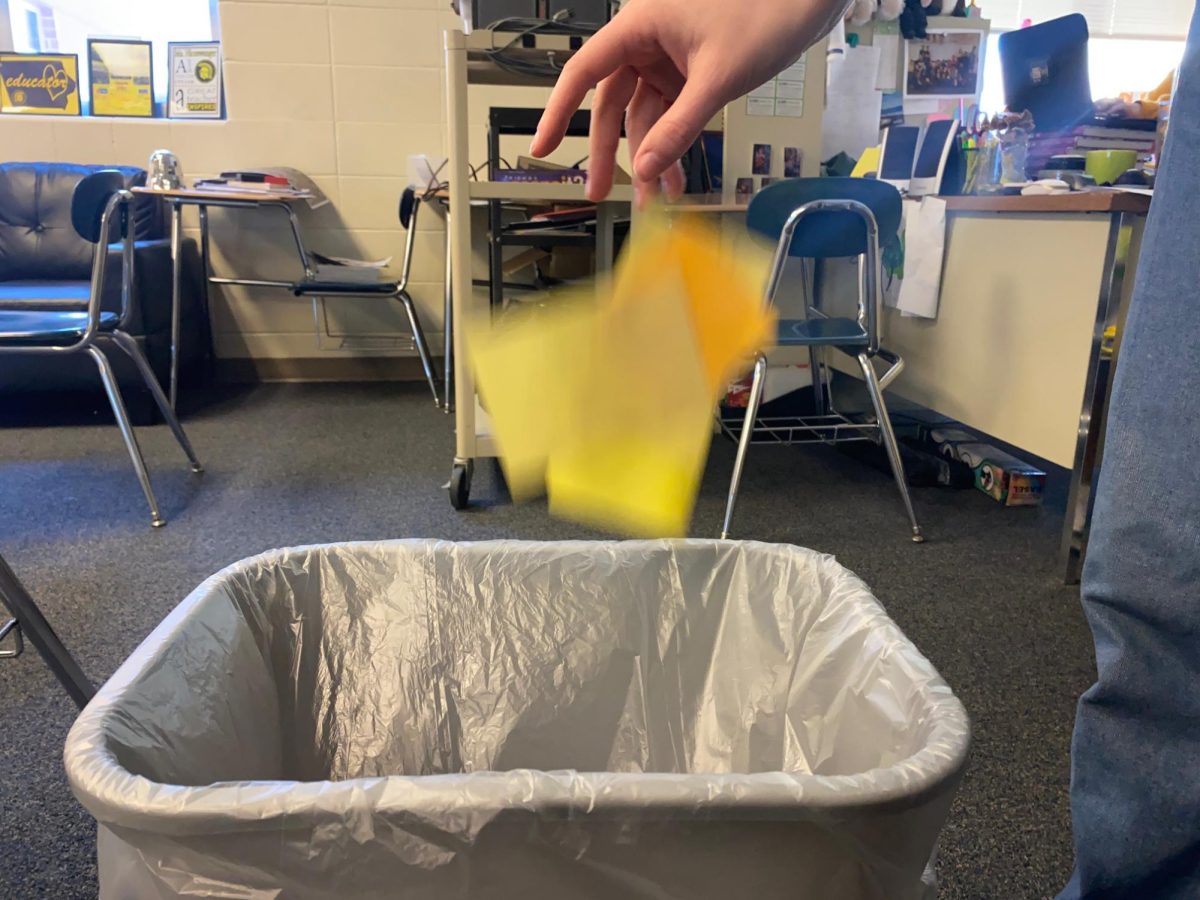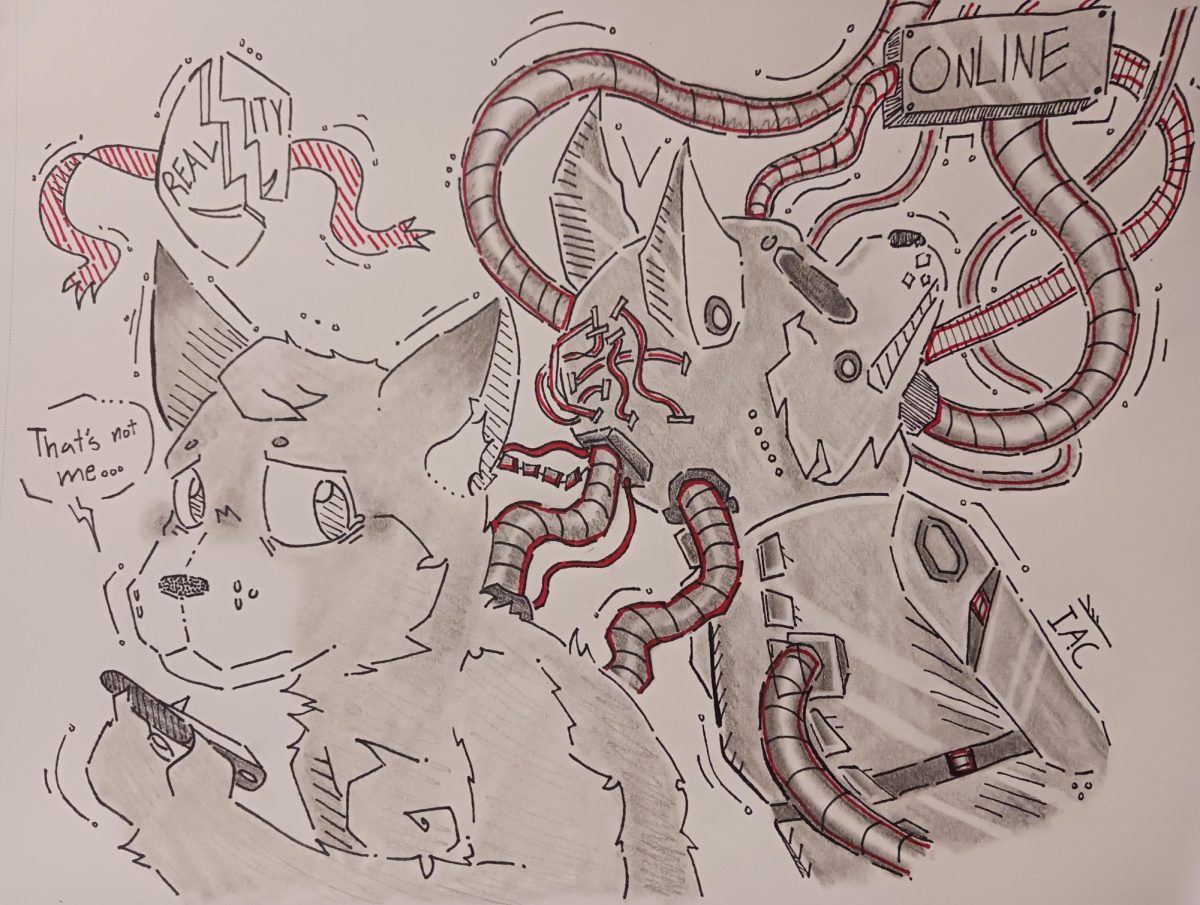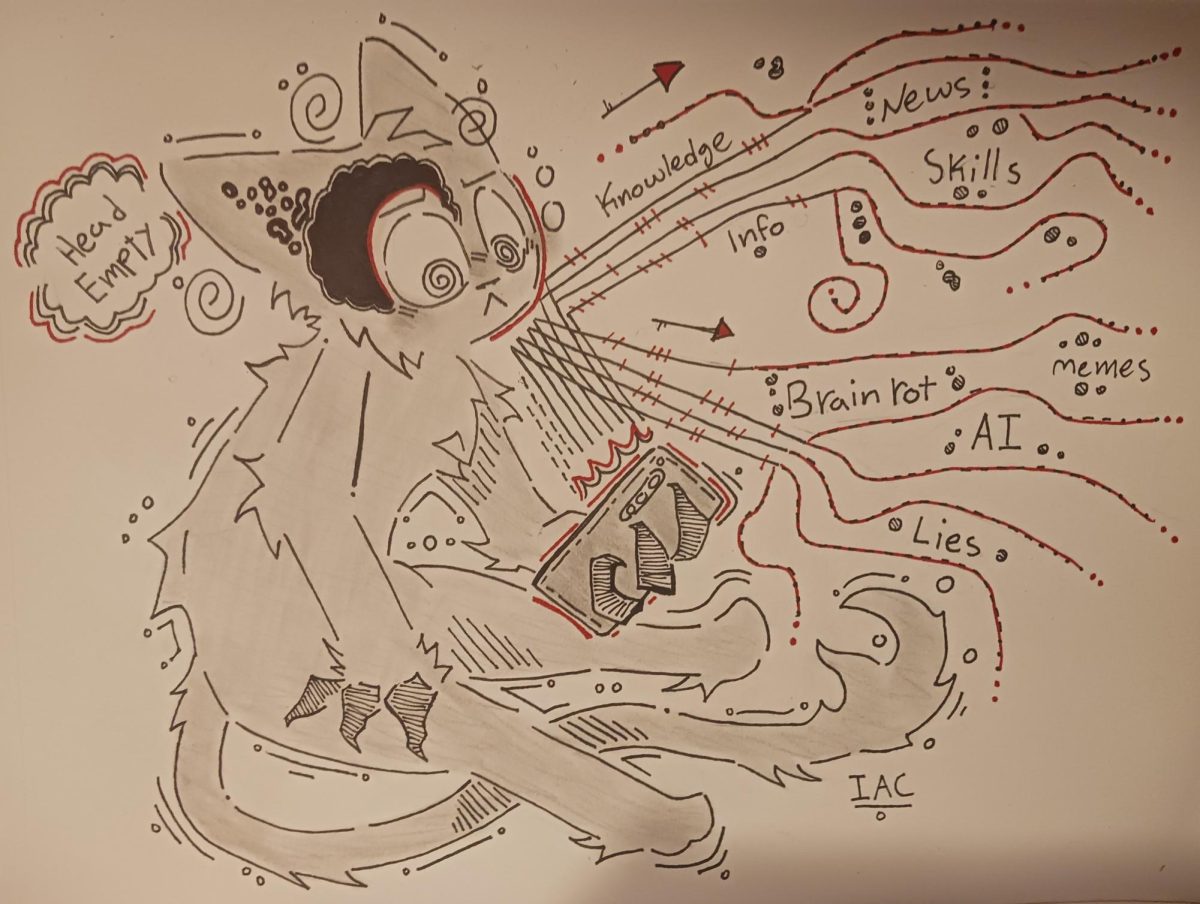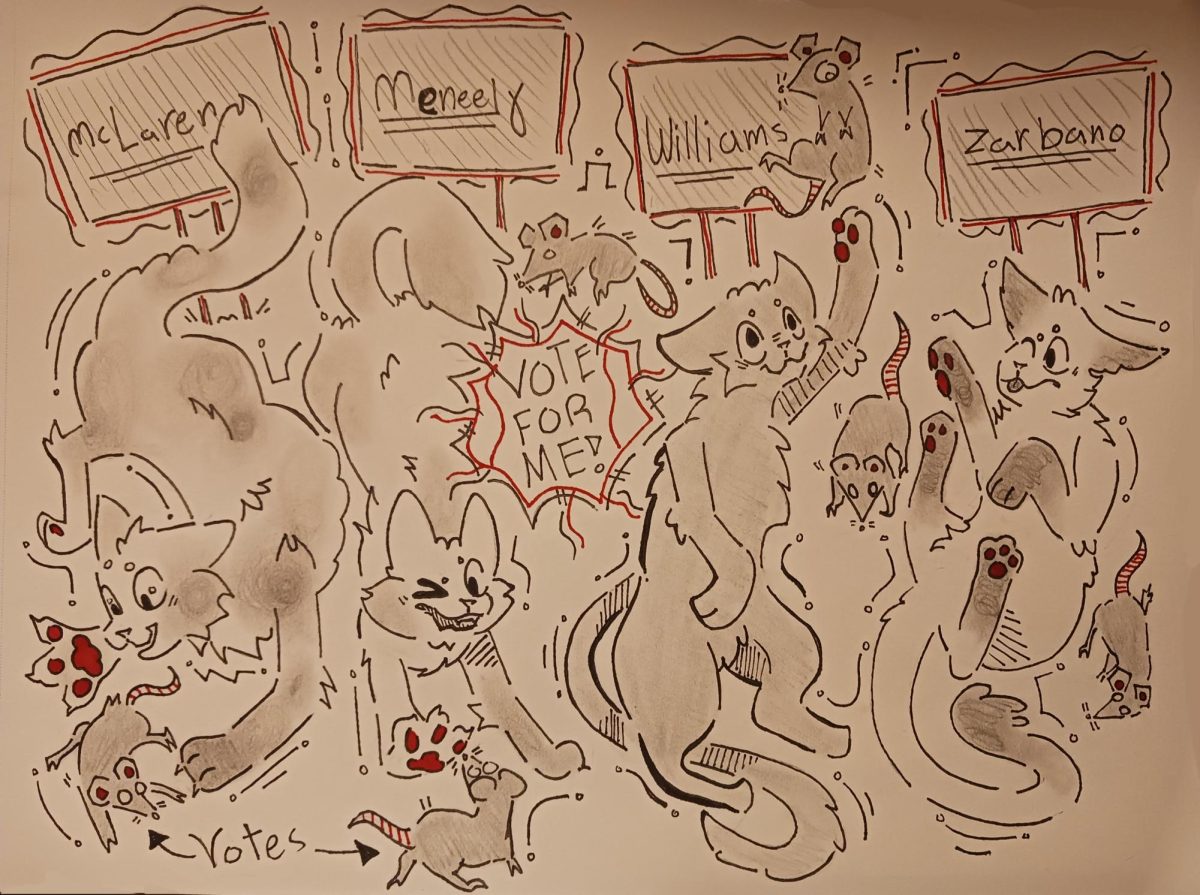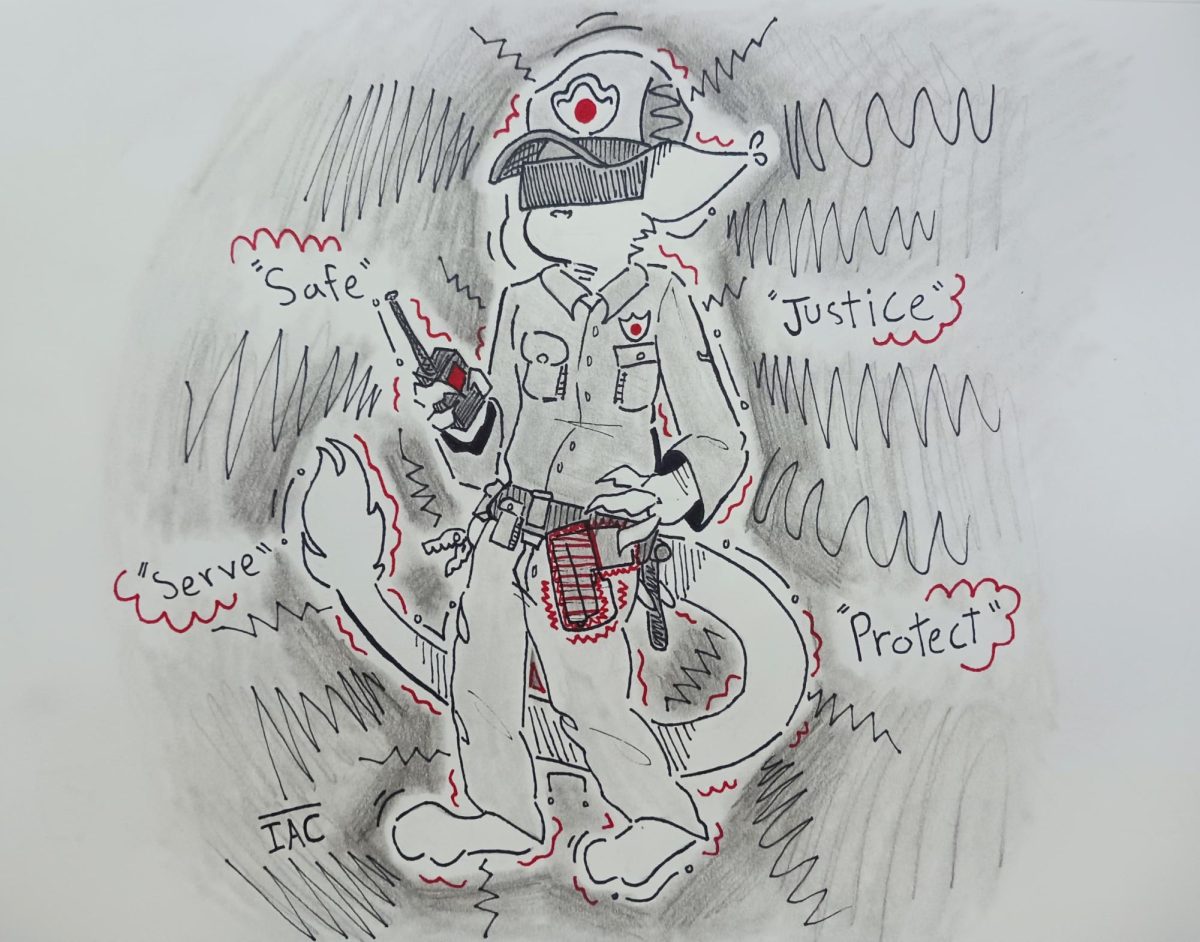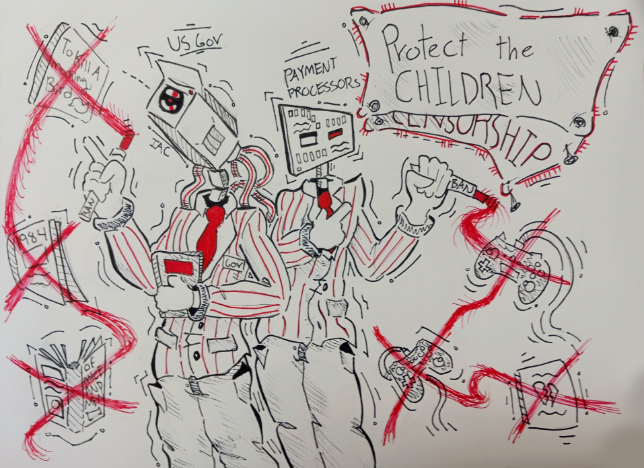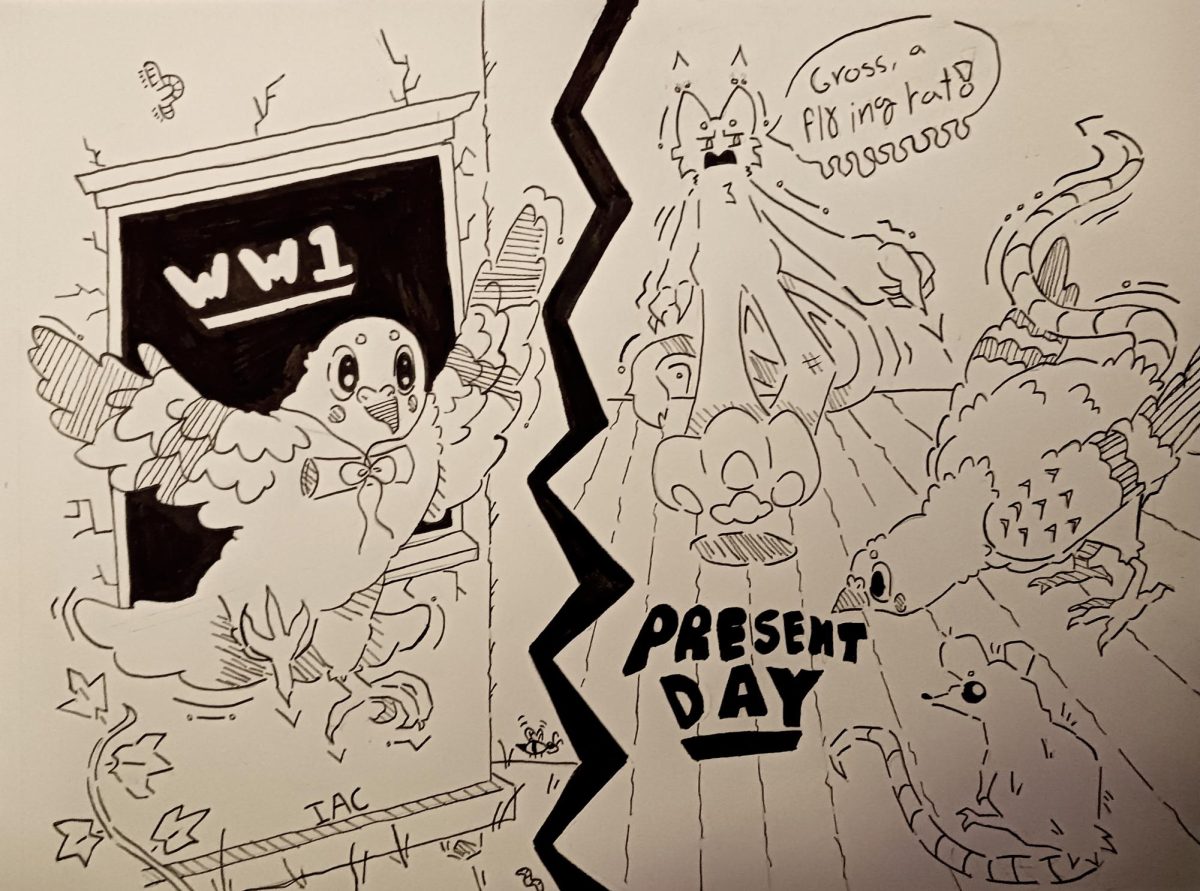Recycle. A simple word that stands as the golden rule of a new era. After all, who doesn’t want to reduce trash while saving the planet? But when looking at accessible options for recycling, a different story is told. Cass County’s landfill stopped its curbside recycling program several years ago and the service has been missed ever since. Instead of a recycling option at their front doors, Cass residents must drive out to the landfill with their recyclables, which then travel farther to another site that can process these materials. Cass is one of many landfills and waste processing centers across the nation that have seen a shift in recycling focus, but it will be the main example used to discuss the importance of comprehensive, easy-to-access recycling programs. While the Cass landfill facility has previously struggled with handling materials, Cass County should invest in restoring its widespread recycling program to promote two main aspects: overall recycling through accessibility and green thumb benefits on a wider scale.
To deal with recyclable materials today, the options are to collect them manually and drive them to the landfill or to throw them away, the latter of which is more easily accessible than the former. Restoring accessible recycling in Cass will promote widespread recycling habits. Even though 94% of Americans support recycling and 74% call it a top priority only about 35% of people actually recycle. The top reason why Americans don’t recycle is a lack of access. (“The Climate Progress Survey”, 2021). Cost, education, and – in Cass’s case – location are key components in whether or not recycling is accessible to most people. With a closer facility for recycling, more people in Cass County gain access to recycling, creating a push towards a greener future.
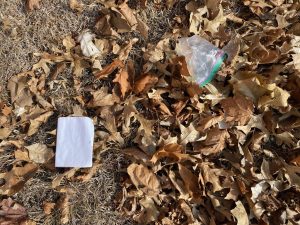
A more accessible recycling program in Cass County would mean the community sees all the benefits there are to recycling. Reducing the amount of waste that goes into landfills leads to the recyclable material being used for other things, while landfills continue to process only what they need to. EPA (2023) outlines the three aspects of life affected by recycling: environment, economy, and community. When we can recycle, we repurpose and thus conserve natural resources, fight climate change, reduce waste and pollution production, and conserve energy, all of which benefit the planet on a wider scale. The same EPA article also details how job and revenue generation from recycling centers boost the economy, and how reducing waste affects a community’s health and aesthetics. This can be seen when driving on the highway — or any other road — and spotting roadside litter. The Greenbeams blog (2019) shows a real example of a pedestrian picking up everyday roadside trash. The blog writer Amy said, “About 3 lbs, 6 oz was non-recyclable, landfill-bound trash, all the rest (9 lbs, 6.5 oz) was recyclable.” If this happened in Cass County, all 12 pounds and 12.6 ounces would likely have ended up in the landfill. By having accessible recycling, we reduce unnecessary waste from ending up on the highways and in landfills, and will see further positive impacts in our community.
The biggest counterargument to this essay will be that Cass County once had more accessible recycling and it wasn’t sustainable on its own, as stated by the director of the landfill itself, Brandi Mericle. Regarding the year they removed the widespread recycling service in the community, “That year we brought in about $40,000 from the sale of recyclable material and the program cost us over $140,000. With such a small facility, and a very limited budget, we could not absorb over $100,000 in losses.” (B. Mericle, personal communication, Nov 25, 2024). This is a large amount of money that can’t simply be looked at over, and so the Cass County landfill decided to “pull the bins” from the community and end their local recycling program. The landfill also faced problems with contaminated recycling. Once recyclable materials come in contact with certain waste, such as Mericle’s testimonies of cigarette ash and used diapers, they become contaminated and unable to be recycled. Any recyclable material from that day is thus contaminated and lost its value. Mixing non-recyclable waste with recyclable materials was a repeated offense on multiple occasions and from multiple community members. “I know that service is missed and I’m sure they would use it – but I also am realistic that there would continue to be those that abuse the program whether from ignorance or apathy,” said Mericle. She added in response to a follow-up question, “With no [global recycling] markets, and trash continuing to be placed in the bins, we would be back to the same situation.”
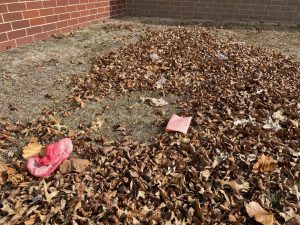
The fact that the Cass County recycling program wasn’t sustainable in the past cannot be ignored, so the counterarguments are valid in this debate. However, there are two ways the community itself can support the restoration of accessible recycling in Cass County. One: public funding. Generous donors and community fundraisers every year would help sponsor the community landfill. This would also drive community support and spirits further, making the landfill a project to be proud of, similar to the fundraising effect of the Atlantic Sunnyside Splash Pad. The community must be willing to learn and listen to the requests necessary to make recycling feasible again, which is where education comes in. Two: create community-wide education programs that are accessible and prominent. The more people that know how to recycle, the better. Elementary students are often taught the basics of reusing, reducing, and recycling, so why not carry this over to the wider community? The issue of hazardous waste in recycling bins could be a matter of personal apathy or ignorance, as Mericle stated, and this is unacceptable if a broader recycling program is to be restored to Cass County. With regular seminars or clear instructions on how to know when a material can and cannot be recycled, residents will be more informed on how to approach the program. Another issue is that the Cass County landfill may not have enough workers or volunteers at this time to manage a whole other program on top of its waste management program. To solve this problem, the community must also step up and get involved by volunteering. There are always people looking for new jobs, too, and this could be the perfect opportunity for them. The issue of how to pay these new workers would also be resolved by community fundraising.
In conclusion, the Cass County Landfill had its past troubles with recycling. Sustainability and batch contamination were the main factors that harmed the previous recycling program, and so the counterarguments for restoring the recycling program remain true. But in order to promote recycling and make sure the benefits of recycling are felt on a larger scale, the community must be willing to raise funds and promote education while also offering its help and support to the Cass County Landfill. The issue is bigger than our community because the fight for waste reduction is a global one. By taking small steps, starting locally, and advocating for further justice, we can move on to a greener future and never forget the mantra of our new era: Recycle.

